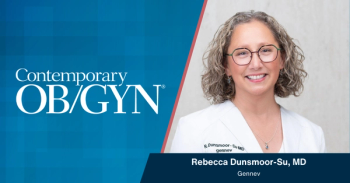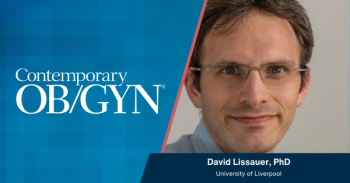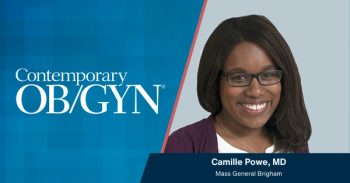
News: HPV vaccine's cost effectiveness in question
Optimizing the cost effectiveness of HPV vaccine depends on several factors.
Optimizing the cost effectiveness of human papillomavirus (HPV) vaccination depends on several factors: the duration of vaccine immunity, achieving universal coverage in pre-adolescent girls, targeting catch-up vaccinations among young women, and revising screening guidelines, according to a report published in the Aug. 21 issue of the New England Journal of Medicine.
Jane J. Kim, PhD, of the Harvard School of Public Health in Boston, and a colleague used computer models of HPV-16 and HPV-18 transmission and cervical carcinogenesis to compare the health and economic outcomes of vaccinating several age groups: 12-year-old girls, and women at ages 18, 21, and 26 as part of a catch-up program.
The researchers found that the cost-effectiveness ratio per quality-adjusted life-year gained was considerably lower for vaccinating 12-year-old girls ($43,600) compared to vaccinating women at ages 18, 21, and 26 ($97,300, $120,400, and $152,700, respectively). But these figures were based on the assumption that vaccination provides lifelong immunity. In the event that immunity declines after 10 years, the cost effectiveness of vaccinating 12-year-old girls would increase to more than $140,000, and catch-up strategies would be less cost effective than screening alone, according to the report.
Kim JJ, Goldie SJ. Health and economic implications of HPV vaccination in the United States. N Engl J Med. 2008;359:821-832.
Newsletter
Get the latest clinical updates, case studies, and expert commentary in obstetric and gynecologic care. Sign up now to stay informed.











